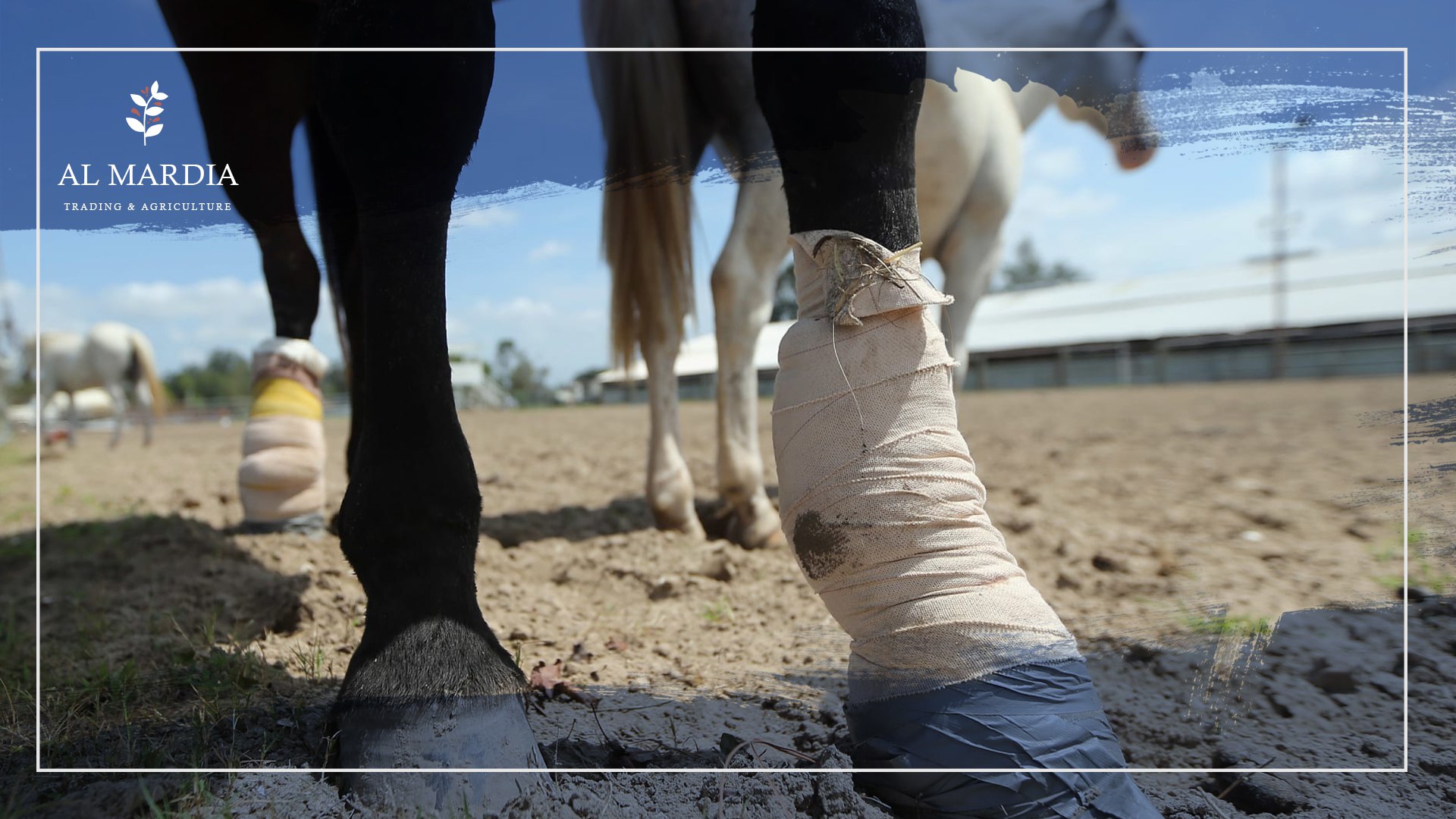
Learn about Horses and Leg Injuries
Horses are one of the most popular animals used for riding and racing. They are also used for work purposes such as farming, logging, and pulling carriages. Horses can suffer from different injuries that can happen during their training or while they are working. Unfortunately, that could impact their movement and quality of life, including laminitis (which is an inflammation of the sensitive tissue that covers the inner surface of a horse’s hoof), colic (which is a disorder characterized by pain and dysfunction of the large intestine. Valuable information about horses and leg injuries are mentioned in this article.
What causes horse injuries?
When a horse suffers an injury, the most common injuries are to the leg. A horse’s leg contains many structures that can be damaged by inflammation, infection, or trauma. These structures include ligaments, tendons, and cartilage. Ligaments are tough bands of tissue that hold bone to bone, tendons attach muscles to bone, and cartilage helps cushion the ends of bones in joints.
A piece of profound knowledge of anatomy is needed to comprehend horse leg injuries considering the body structure.
“Horses are capable of standing on their four feet when stationary and galloping, which means the horse has to be able to shift its weight from one foot to the other.”
Limping, swelling, and pain are signs of inflammation and injuries contained within the hoof. These issues can be caused by a variety of factors, including infection, trauma to the hoof or other structures nearby (ligaments or collateral ligaments), and penetration by sharp objects.
Symptoms of leg injuries:
If a horse is lame, the first step should be to determine which limb is injured. This can be difficult as horses will often use another limb to compensate for the injury. However, there are ways that you can figure out which limb is injured by assessing various factors such as skin color and temperature, muscle tone and tissue quality, and swelling and discharge from lymph nodes. To determine the injury and evaluate the damage, several symptoms can be distinguished such as:
- Smaller strides or unbalanced stride length.
- Drop or hip hike while running or walking.
- Wounds, scratches, or foreign bodies.
- Swelling and warmness over the hoof or at the limb.
- Rocking back and forth trying to reduce weight on both forelimbs.
RELATED TOPICS: Why Pastoralism is the Promise of A Better Future?
Useful practices:
First, we have to watch the horse standing. If the injury is severe, it might stand with a tipped-up hoof because it doesn’t want any weight to be carried on the sole of the foot.
Second, you must feel the limb. Most leg injuries cause a tangible temperature increment. Pick up the foot to check if the horse steps on a nail or any sharp-edged instrument, if so, call the vet immediately, and don’t try to pull it out yourself. In case the nail must be removed to avoid further damage, take photos before the removal process to detect its location precisely to ensure an effective veterinary treatment. Because the treatment probably includes radiographs and tetanus vaccinations.
It’s important to know that the skin on the horse’s legs is thin. Therefore, it’s very usual that a horse could harm itself by kicking the stall walls or by fencing. Puncture wounds can be caused by that, and it’s very important to cure minor injuries as major ones. “Don’t forget the safety practice because even well-trained horses can be aggressive when they are in pain.”
In case of mild injuries, then you can watch the horse running or trotting over firm ground. If the horse gets injured on one front leg, then it will nod its head. It’s possible to detect which leg is lame by detecting which leg hits the ground when the horse moves its head up. In other words, the horse will downward it’s head when the adequate leg hits the ground, and lift it up when the lame leg contacts the ground. If both front legs are injured, then no head nod will be noticed, but the horse’s strides will be choppy and shorter than usual.
What could cause leg injuries in horses?
The causes of leg injuries in horses are varied and can be attributed to a variety of reasons. Some of them cause lameness but the horse would still be able to bear its weight on all four legs, while other causes are emergencies. The most common cause is a horse’s reaction to a sudden movement or sound, other causes include:
- Laminitis.
- Strains.
- Sole bruising or sole injuries after inconvenient trim.
- Arthritis.
- Acute bone fracture.
- Severe cuts to ligaments and tendons
Treatment
Beneficial treatment is based on determining diagnosis and a well-detailed report by the veterinarian. Home care might include rest, good nutrition, and bandaging or wrapping limbs. It’s recommended to avoid heavy activities or any weight-carrying actions for faster recovery. Some treatment actions only require a professional farrier while others might need surgical procedures. It’s highly preferred for horse owners to practice how to wrap the leg wraps and bandages, in addition to taking practical notes and applying first-aid procedures when needed while the veterinarian is on the way.
You can now check the full list of Pastoral Products
produced by Almardia Group
Common Questions:
-
How do you tell which front leg a horse is lame on?
When the horse is lame in only one front leg, the head will go up when the lame leg hits the ground.
-
What is the best treatment for a lame horse?
Conventional therapies are still effective and recommended to treat horses’ lameness which include rest, cold therapy in the form of cold hosing, and nonsteroidal anti-inflammatory drugs (NSAIDs).
-
Can horses recover from lameness?
It depends on the injury severity and early precise diagnosis. Some minor injuries can be recovered within a couple of days, while others may take up to six months or more.





